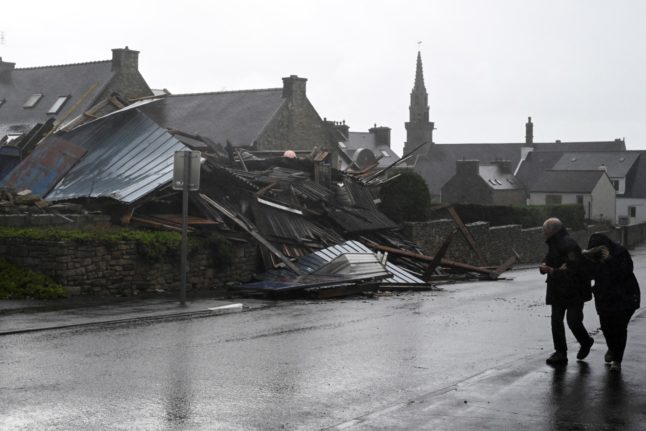If you are a non-EU citizen, a carte de séjour is proof of your right to live and work in France. It is therefore a very important document, and how you replace one if you lose it depends on whether you are in France or in another country at the time.
You have lost your carte de séjour in France
If you are in France, you should contact the préfecture (or sub-prefecture) of your place of residence to declare the loss of your card and request a duplicate. In Paris, you should contact the Paris Police Préfecture – Residence Permits Service.
You will need certain documents, including: a declaration on your honour that you have lost your original card; a photocopy of the card if you have it; your passport and proof of address that is less than three months’ old (eg an electricity or water bill).
Please note, the requirements may differ from départment to départment, so it’s a good idea to check what documents you will require. Most of the information will be readily available online, but if you are not sure, contact the Bureau des étrangers office at your local préfecture
You will be charged a fee, depending on the type of card you are replacing. A replacement 10-year residency card will cost €225 except in certain circumstances.
You have lost your carte de séjour while abroad
You must first declare the loss in the country to local police, as well as to the French embassy or consulate in the country. Then you can apply for a return visa in order to be able to return to France. Be aware, however, that the consulate will contact the prefecture that originally issued the card – this can take some time.
On your return to France, you must contact the préfecture (or sub-prefecture) of your place of residence to declare the loss of your carte and request a duplicate, as per the process for anyone who has lost their card in France.
So in short, guard that card with your life and make sure you have photos of it just in case.



 Please whitelist us to continue reading.
Please whitelist us to continue reading.
Member comments